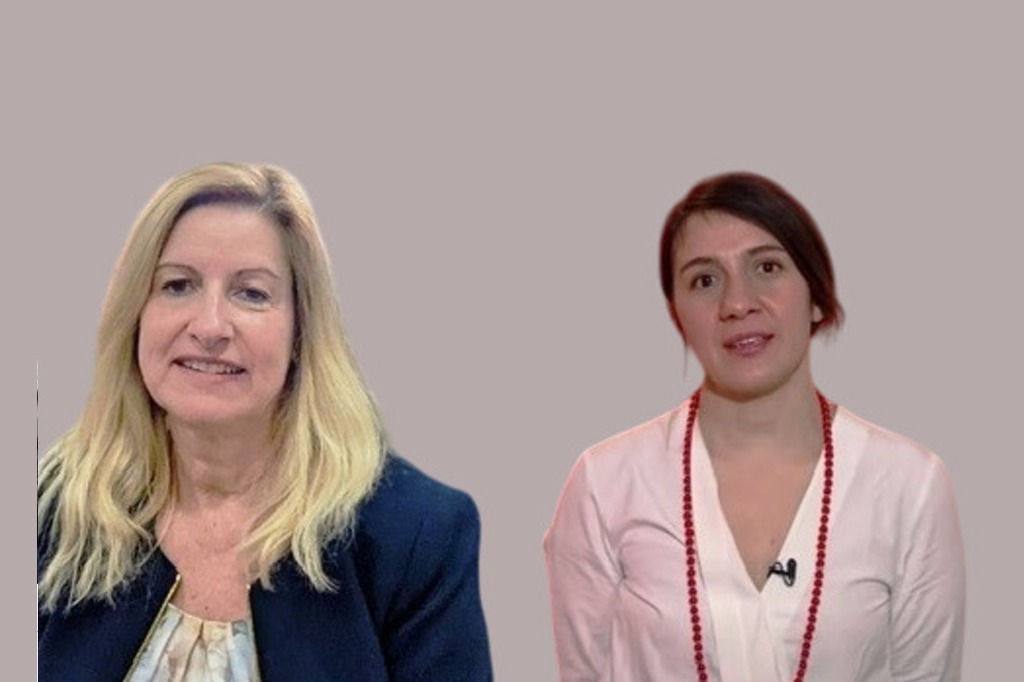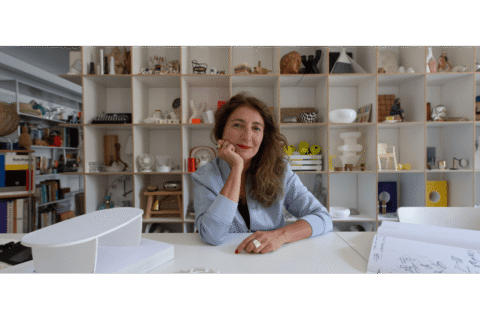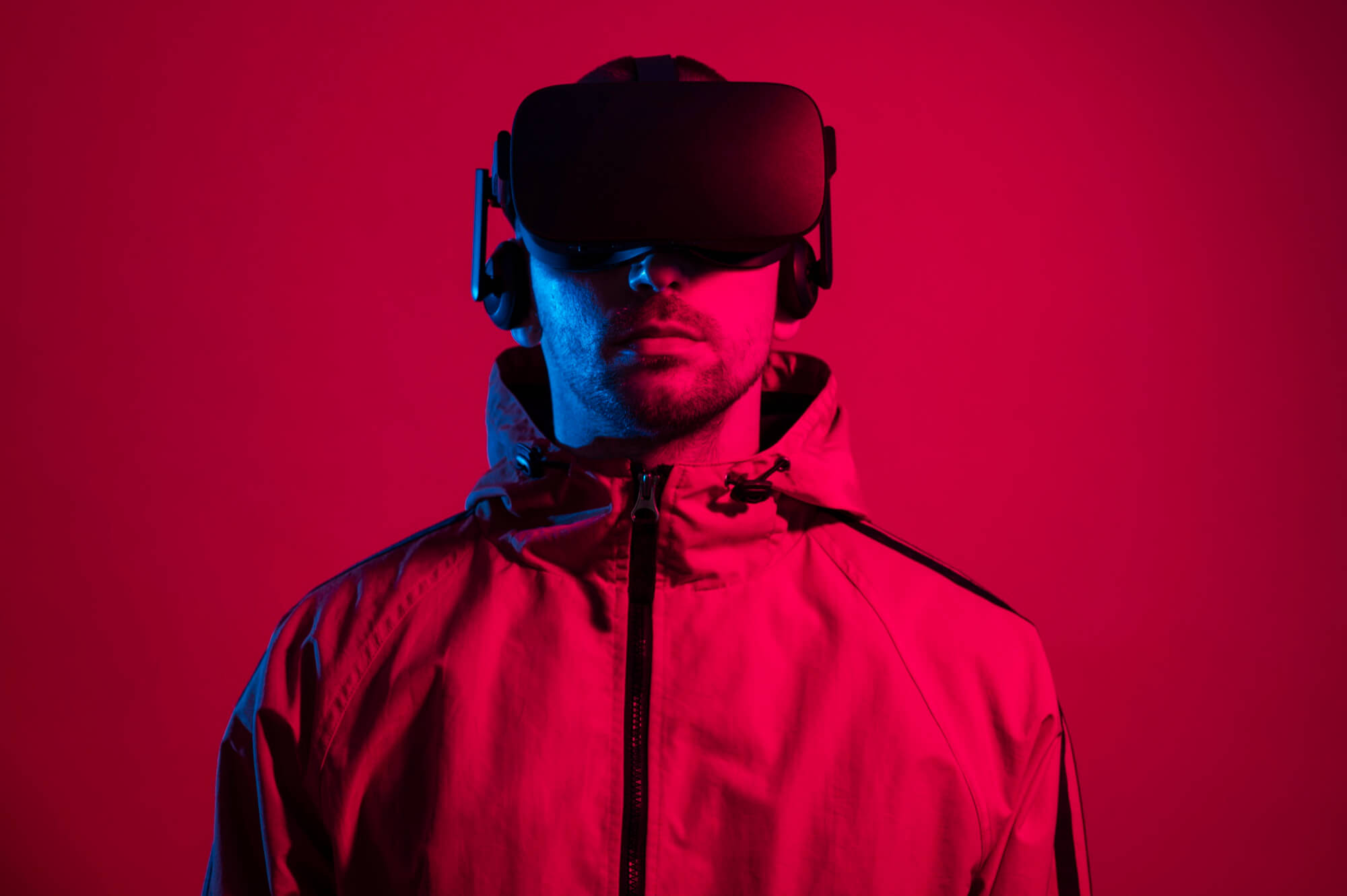Salone’s 63rd edition takes center stage in New Delhi, with Antonietta Baccanari emphasizing Italy’s furniture export growth to India and Maria Porro exploring the fair’s reach in Asia and the importance of empowering young creative talent.
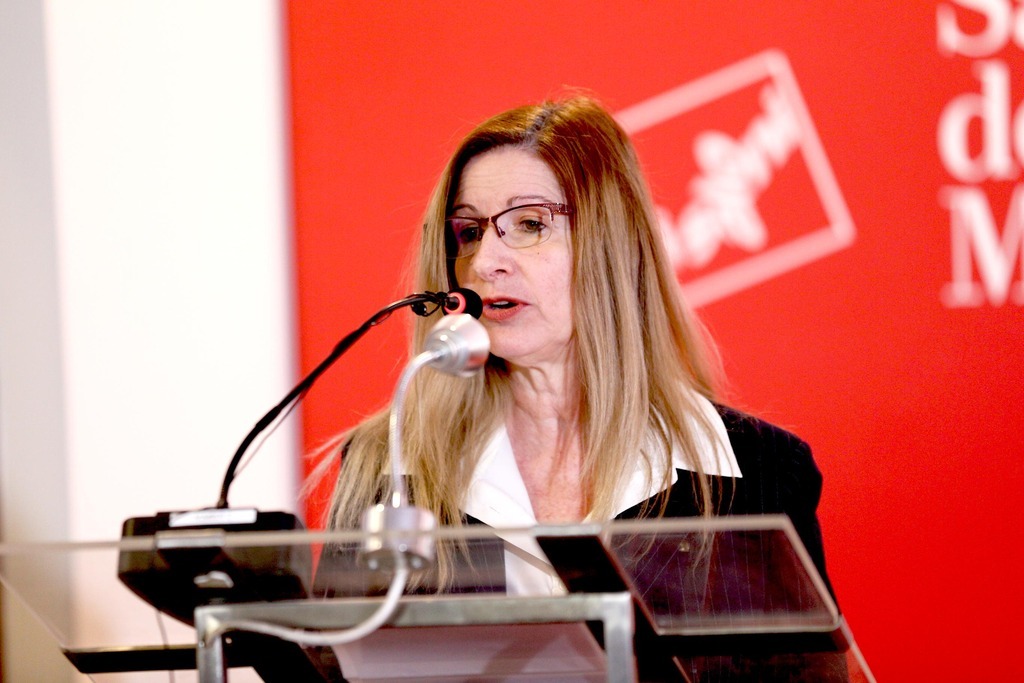
At the Italian Embassy Cultural Centre on February 8th, 2025, Antonietta Baccanari, Trade Commissioner and Director of the Trade Promotion Office at the Italian Embassy in New Delhi, shared key insights during the event “Salone, Milano and Beyond.” The event, which introduced the 63rd edition of Salone del Mobile.Milano and the 32nd edition of Euroluce, offered a preview of the cultural programme for 2025, with a focus on installations, masterclasses, and panel discussions that would celebrate the intersection of innovation, design, and creativity.
Antonietta Baccanari highlighted the significant growth in furniture imports from Italy to India over recent years. Between 2021 and 2023, Indian imports of Italian furniture saw a remarkable rise of 66%, driven by sectors such as wooden furniture, seating, lighting, and mattresses. In 2023, Italy emerged as the third-largest furniture supplier to India, with imports valued at €90.66 million, reflecting a 20% increase and securing a market share of 6.3%.
This growth underscores the growing demand for high-quality luxury furniture in India, with Italian craftsmanship and design gaining increasing popularity in both the residential and commercial sectors. The shift toward premium home décor and interior solutions is fueled by evolving consumer preferences, a rising affluent middle class, and a greater appreciation for international design aesthetics in the Indian market.
Baccanari further elaborated that the Indian furniture market is predominantly driven by the home segment, which holds a 60% market share, followed by the office furniture sector at 23%, and the contract segment, contributing 17%.
She also noted that the Indian design community, spanning architecture, interiors, fashion, and product design, shares many values with Italy – particularly a commitment to quality, a passion for craftsmanship, and a drive to innovate. As a result, Italian design has been embraced by Indian designers, architects, and consumers alike. This influence can be seen in many of the most iconic spaces and products throughout India today.
Baccanari emphasized that Salone del Mobile in Milan stands as one of the most significant global platforms for Italian design. As the world’s foremost furniture and design fair, it brings together top designers, manufacturers, and innovators from across the globe, unveiling cutting-edge creations and ideas each year. Beyond being a marketplace, the fair serves as a celebration of design, uniting diverse cultures and bridging borders through the universal language of creativity.
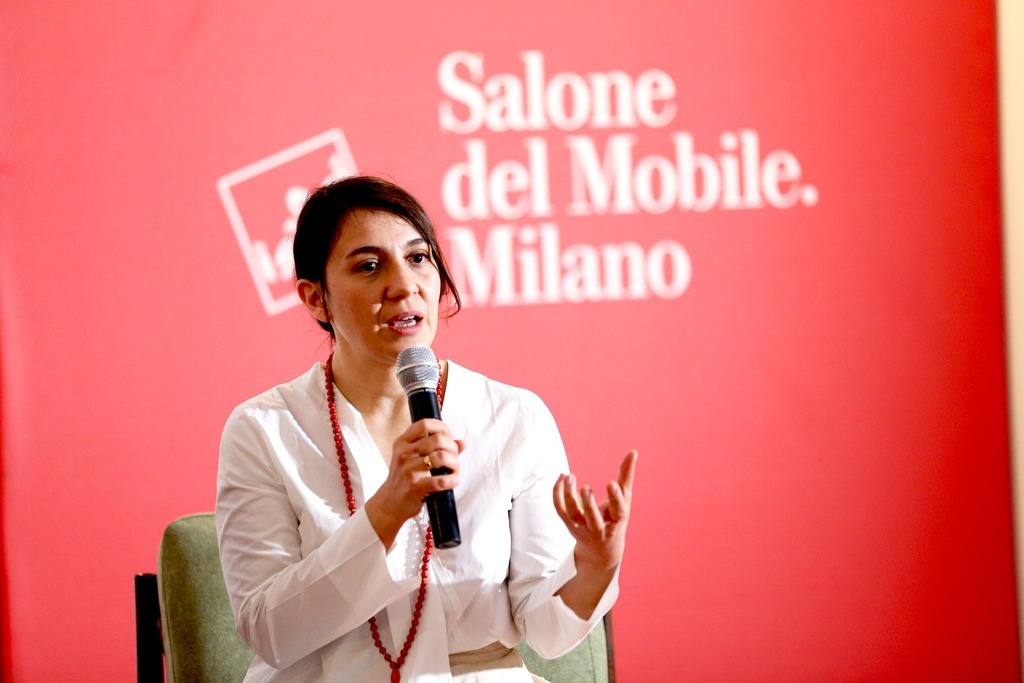
Vikas Bhadra, Editor, Design Connect sits down with Maria Porro, President, Salone Del Mobile to explore the fair’s mission to connect diverse cultures, its expanding influence in Asia, and the importance of nurturing young talent from India and beyond.
You spoke about building bridges, culturally, as the impact of Salone Del Mobile intensifies, will it require Indian artists’ involvement alongside brands, like European designers today?
Yes, Bijoy Jain participated in 2014 with an installation produced by Salone del Mobile. His home was featured in the “Where Architects Live” installation, which showcased the residences of renowned architects like Zaha Hadid, Daniel Libeskind, and Shigeru Ban. Additionally, we collaborate with journalists, and last year, we created a podcast which focused on Salone del Mobile. Collaboration is key, and I’m definitely eager to work more with Indian designers and architects to increase their participation in Salone del Mobile in the future.
Regarding the Euroluce International Lighting Forum, how do you foresee the long-term impact of this forum contributing to interdisciplinary dialogue in lighting?
Interdisciplinary dialogue is crucial for the evolution of the lighting industry. Light is closely linked to technology, and many of the most innovative lamps in recent years have drawn inspiration from technological advancements. For example, the development of LED lighting has revolutionized design.
However, it’s not just about technology and form; it’s also about its impact on people. Studies show that good lighting in hospitals can speed up recovery times, highlighting the importance of lighting’s effects on well-being.
This cross-disciplinary approach is vital for Salone del Mobile, the design community, and, most importantly, for producers. They need to steer research and development toward not only the future market but also the next frontier of design.
As the President of Salone Del Mobile, how easy is it to balance Salone’s Italian heritage and its role as the United Nations of Design?
Balancing Salone’s Italian heritage with its role as the “United Nations of Design” is undoubtedly challenging. I often use the metaphor of climbing a mountain: when you climb, you need to carry only what’s essential in your backpack, leaving behind what you no longer need. If it’s too heavy, you won’t reach the top. But if you forget something important, it could be detrimental. At the same time, you might carry something that isn’t necessary for the climb but serves as a reminder of home, providing motivation. The same applies to balancing heritage and design.
We must allow craftsmanship and techniques to evolve, creating a bridge between the past and the future. For example, the installation Pierre-Yves Rochon is presenting at Salone this year addresses this very balance: how to merge heritage with contemporary approaches.
It’s also about revitalizing historical buildings, blending new life with the old. This challenge can only be solved through products that fulfill these needs, balancing the old with the new.
In the end, even a 200-year-old piece, when it was first conceived, was modern for its time. The goal is to create things that have enduring value, timeless and beyond their era
Salone del Mobile’s Exhibitions Director, Andrea Vaiani, mentioned that India embodies a perfect blend of culture, creativity, and craftsmanship, much like Italy. With that in mind, do you have strategies to expand outreach to young Indian designers for Salone Satellite?
Yes, we have 350 international schools participating in SaloneSatellite, many of which are from India. Over the past 25 years, among the 14,000 young designers who have participated, many have been Indian. Some of them are now leading designers in the industry. We aim to strengthen our relationship with local schools, as they play a key role in shaping young designers’ skills and careers.
SaloneSatellite has always been a platform for emerging designers and new companies to take their first steps, many of which later become prominent. As the event becomes more international, the relationship with India will only grow stronger. In the coming years, we can expect to see even more exciting contributions.
How does your background in set design influence the cultural programming and site-specific installations at Salone Del Mobile?
I am who I am. That said, I believe it’s also a reflection of how the design field has evolved. In the beginning, Salone Del Mobile was simply a fair with products displayed on basic pedestals. Over time, it has increasingly focused on the environment. Companies now create elaborate architectural setups, so when you enter a space at Salone, you step into a new architectural experience each time – where lighting, sound, and even flowers are carefully curated. This is why I believe the cultural programs and installations at Salone help support companies in finding new ways to express themselves.
Today, as in the past, a great project controls every detail – everything. A good designer considers both the technical and invisible elements: air quality, lighting, scent, texture, and even what’s inside the upholstery. Is it natural? How does it impact daily life? I believe we’re living in a complex, multidisciplinary world where installations and environmentally conscious spaces can help the industry evolve.
When it comes to detailing in design, do contemporary designers use it to preserve existing designs, change them, or add clarity?
For all these reasons, probably because there are different approaches and different points of view. And this is what is good about the world of design, is diversity. That’s why including more and more foreign countries like India is encouraging this diversity of thinking. Then there’s a very important role of the press to give the people, help the people develop their own critical judgement to understand what’s good and what’s not, what’s innovation and what is a copy.
This is very, very important. So, all what you said is true, but we need the press and the cultural institution and the institution like Salone Del Mobile to create opportunities for everybody to have the possibility to understand design and real design. Right.
What does Asia mean to you as a market?
Asia is a vast and diverse region with varying cultures and needs. China has been a major market for years, which is why we organized Salone in Shanghai for four editions. However, we also see growth in India, Southeast Asia, especially Thailand, and Singapore, which has always been important. The role of Salone is to help companies enter new markets and assist local companies in reaching the international stage. We see a lot of opportunities in Asia, and it’s a key focus for us moving forward.
Connect Online@www.salonemilano.it/en/ and www.ice.it/en/markets/india/
